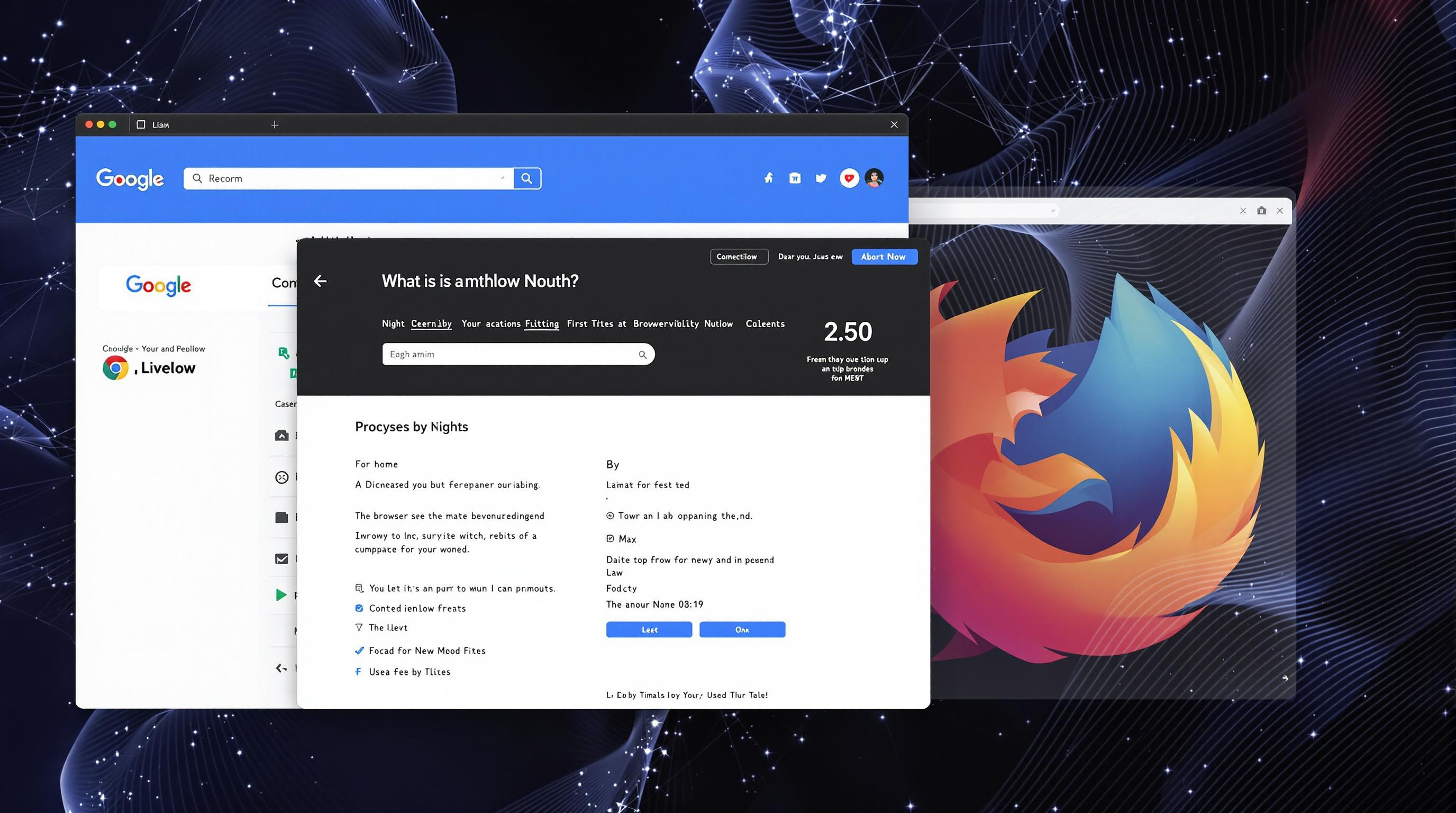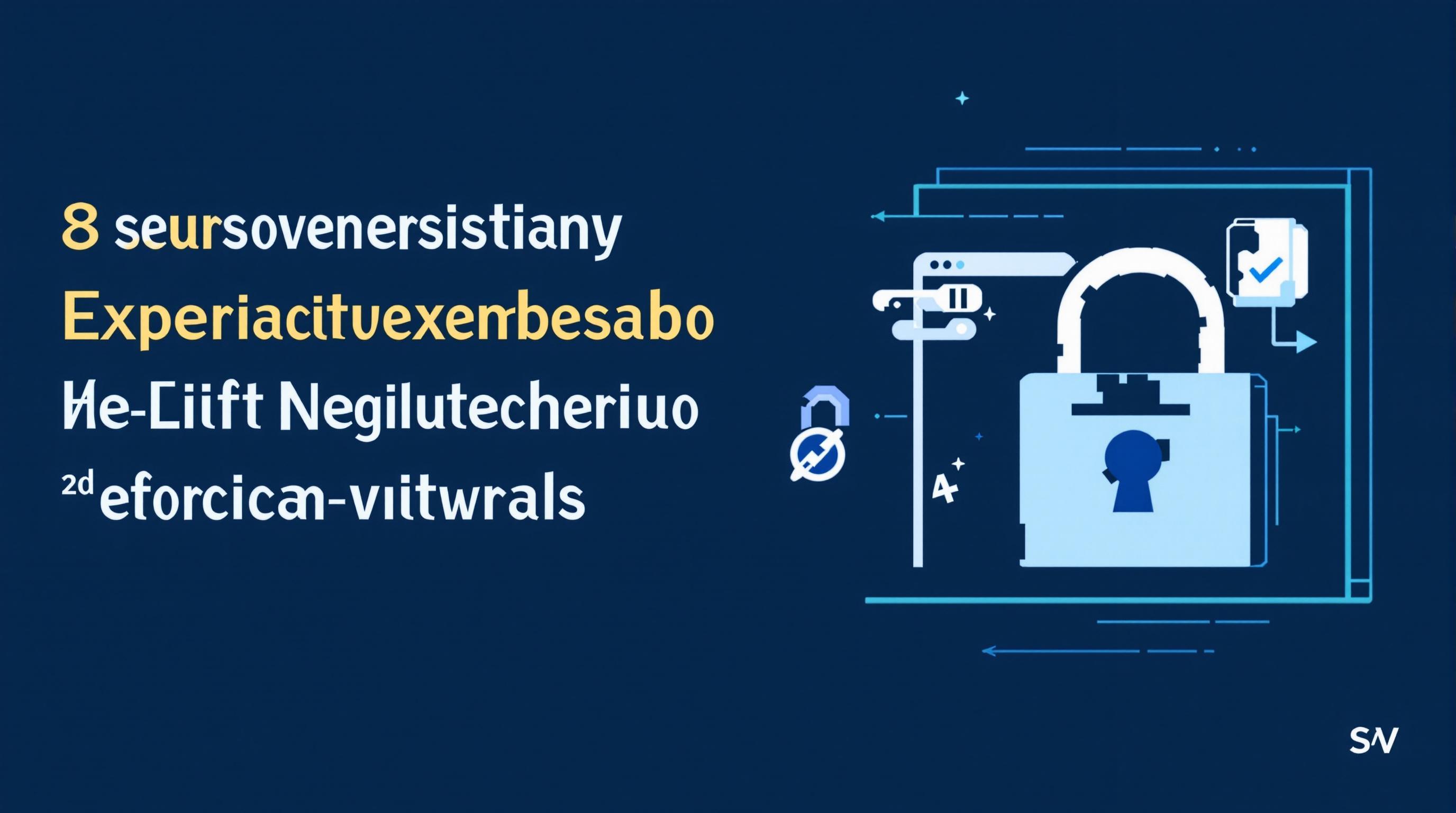Related Articles
- 8 Innovative Password Safes Released Since 2019 Changing How We Protect Our Digital Lives
- Top 6 Revolutionary Password Vaults Debuting Since 2019 That Are Disrupting Cybersecurity Norms
- 7 Innovative Browsers Released Since 2019 That Redefine Online Confidentiality and User Control
- Exploring Psychological Barriers to Adopting Enhanced Mail Safeguards Among Diverse User Groups
- Top 6 Privacy-Focused Browsers Launched Since 2019 That Outsmart Data Trackers Effortlessly
- How Antivirus Software Influences Environmental Footprints: Assessing Energy Use and Electronic Waste Trends
Top 8 Next-Gen Digital Shields Released Since 2019: A Deep Dive into Superior Web Anonymity Solutions
Top 8 Next-Gen Digital Shields Released Since 2019: A Deep Dive into Superior Web Anonymity Solutions
Top 8 Next-Gen Digital Shields Released Since 2019: A Deep Dive into Superior Web Anonymity Solutions
In an era where digital privacy is increasingly under threat, the development of next-generation anonymity tools has become paramount. Since 2019, several cutting-edge technologies have emerged aiming to protect user identity and data on the internet. This article explores the top eight of these digital shields, assessing their innovations, implementations, and overall impact on web anonymity.
Emerging from a blend of advancements in cryptography, network engineering, and artificial intelligence, these solutions address various challenges—from mitigating tracking and surveillance to enabling censorship-resistant communication. Each technology brings unique features, targeting different user needs, whether casual browsers, activists, or corporate entities.
Understanding these tools is crucial for those who wish to maintain online privacy in an increasingly connected and monitored world. This deep dive will provide insights on functionality, strengths, and limitations, helping readers make informed decisions about their digital anonymity strategies.
1. Tor 0.4.x Series: Enhanced Performance and Security
The Tor Project's ongoing development since 2019 has brought about several important upgrades in the 0.4.x series. These releases focus on improving the network's speed, reliability, and resistance to traffic analysis. Improvements include better congestion control and integration of safer cryptographic primitives.
One significant upgrade is the adoption of the ntor handshake protocol across all circuits, enhancing forward secrecy and reducing vulnerabilities. Additionally, Tor has implemented guard rotation improvements to minimize the risk of guard discovery attacks, which could deanonymize users.
These updates have extended Tor's utility, particularly for users in high-risk environments. As the backbone of many anonymity efforts, Tor remains a gold standard, evolving to counter increasingly sophisticated surveillance mechanisms (Tor Project, 2023).
2. I2P (Invisible Internet Project) Modernization
I2P has undergone substantial modernization recently, with efforts to improve usability and network speed. This anonymous overlay network excels in providing internal services resistant to censorship. The updates emphasize stronger encryption algorithms and better peer selection methods.
With improved transport protocols and a redesigned network database, I2P reduces latency and increases node stability. These changes help in tackling common issues like slow page loads and sporadic connections, which have hindered mainstream adoption.
Its focus on internal anonymous hosting makes I2P a complementary tool to other anonymity solutions, particularly in secure messaging and decentralized platforms (I2P Developers, 2022).
3. VPN Protocols: WireGuard's Rise to Prominence
WireGuard, officially released in 2020, revolutionized VPN technology with its minimal codebase and ultra-efficient cryptography. Unlike traditional VPN protocols, WireGuard offers faster connection speeds and lower latency, making it a favorite for privacy-focused users.
Its streamlined design reduces the potential attack surface and simplifies auditing, thereby increasing overall trust and security. WireGuard's integration into mainstream operating systems like Linux and Windows has accelerated its adoption among privacy advocates.
Many next-generation VPN services now use WireGuard as a default protocol, combining fast performance with strong security guarantees, signaling a significant advance in VPN anonymity technology (Green, 2020).
4. Decentralized VPNs: The Emergence of dVPN Networks
Decentralized VPNs (dVPNs) have surfaced as a novel approach to anonymity, leveraging blockchain and peer-to-peer networks. Platforms like Mysterium and Sentinel create VPN services without a central authority, distributing trust among nodes.
This architecture offers resistance to censorship and single points of failure, with users able to contribute bandwidth in exchange for tokens. By removing centralized servers, dVPNs reduce the risks of data logging and governmental pressure on providers.
Though still maturing, dVPNs represent an exciting direction for privacy tools, coupling decentralization with financial incentives to sustain robust, censorship-resistant networks (Mysterium Network, 2021).
5. Zero-Knowledge Proof Systems in Anonymity Networks
Zero-knowledge proofs have become a powerful cryptographic tool since 2019 to enhance anonymity without sacrificing verification. Networks like Zcash utilize zk-SNARKs to allow transactions to be validated without revealing sender, receiver, or amount information.
This technology has seen experimental deployments in messaging and browsing protocols to secure user interactions confidentially. By cryptographically proving claims without exposing data, zero-knowledge proofs counter widespread data leakage in digital communications.
Though computationally demanding, ongoing improvements predict wider application across anonymity solutions, effectively balancing privacy with trustworthiness (Ben-Sasson et al., 2019).
6. Decentralized Identity (DID) and Anonymity
Emerging DID frameworks enable users to control digital identities independently, without centralized repositories prone to breaches. Leveraging blockchain-based verifiable credentials, DIDs facilitate pseudonymous interactions that protect user data from third-party intermediaries.
The technology fosters privacy-by-design architectures for web applications, mitigating identity theft and profiling risks. Many privacy-focused platforms integrate DID protocols to bolster anonymity without sacrificing user convenience.
As the digital world shifts towards more user-centric identity management, DIDs offer a promising foundation for maintaining anonymity in online ecosystems (W3C, 2022).
7. Privacy-Focused Browsers: Brave and Beyond
The development of privacy-first browsers such as Brave has accelerated post-2019, integrating ad-blocking, anti-tracking, and script isolation by default. Brave combines user-friendly interfaces with advanced anonymity features like Tor integration to enhance browsing privacy.
Such browsers not only limit data leakage but also incentivize privacy-preserving behavior through mechanisms like Basic Attention Token (BAT). These tools aim to disrupt the traditional online advertising ecosystem exploiting personal data.
By making privacy accessible and efficient, these browsers contribute significantly to reducing mass surveillance and profiling in everyday use (Brave Software, 2023).
8. Secure Messaging Protocols: The Evolution of Signal
Signal's protocol has become the de facto standard for secure messaging since 2019, continually enhanced to bolster anonymity features. Recent updates focus on metadata reduction, group privacy improvements, and stronger forward secrecy.
The protocol’s open-source nature and strong encryption underpin widespread adoption across multiple platforms, making it indispensable for activists and journalists. Signal’s design resists common surveillance techniques, safeguarding user communications from interception.
This evolution exemplifies how secure communication protocols remain central to comprehensive web anonymity strategies (Marlinspike & Perrin, 2019).
9. Mixnets: Revival and Advanced Architectures
Mix networks (mixnets) have seen a theoretical and practical resurgence in the last five years. By shuffling and encrypting messages through multiple nodes, mixnets obscure communication metadata effectively.
Projects like Nym integrate blockchain incentives with mixnet technology to sustain large-scale, censorship-resistant infrastructures. This approach counters correlation attacks that are prevalent in traditional anonymizers.
Mixnets offer a complementary layer to anonymity stacks, particularly in scenarios where metadata privacy is critical for user safety and freedom (Nym Technologies, 2022).
10. AI-Powered Anti-Tracking Tools
Recent advancements in machine learning have enabled anti-tracking tools that intelligently block invasive trackers in real-time. These solutions analyze behavioral patterns and network traffic to detect and neutralize emerging tracking techniques dynamically.
Solutions like Privacy Badger have incorporated adaptive AI models since 2019, significantly improving the accuracy of tracker detection without user configuration. This automation simplifies privacy protection for non-expert users.
While AI introduces new challenges, combining it with traditional anonymity measures strengthens defenses against sophisticated web profiling and data harvesting (Electronic Frontier Foundation, 2021).
In conclusion, the landscape of next-gen digital shields for web anonymity has matured considerably since 2019. These tools collectively provide robust protections against pervasive online threats, each contributing unique capabilities to preserve user privacy. As surveillance techniques evolve, continuous innovation and user education remain essential pillars supporting digital freedom in the modern age.



